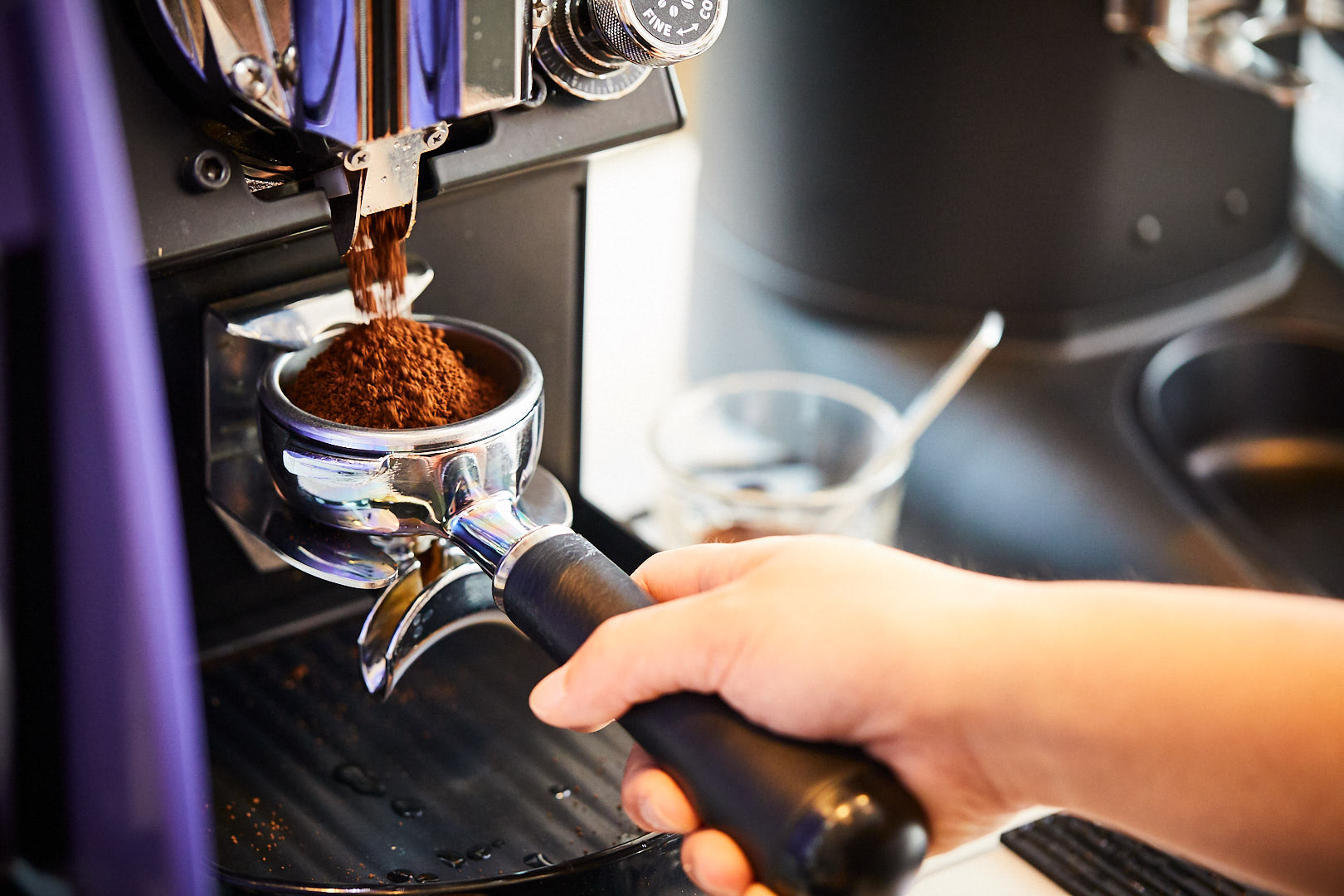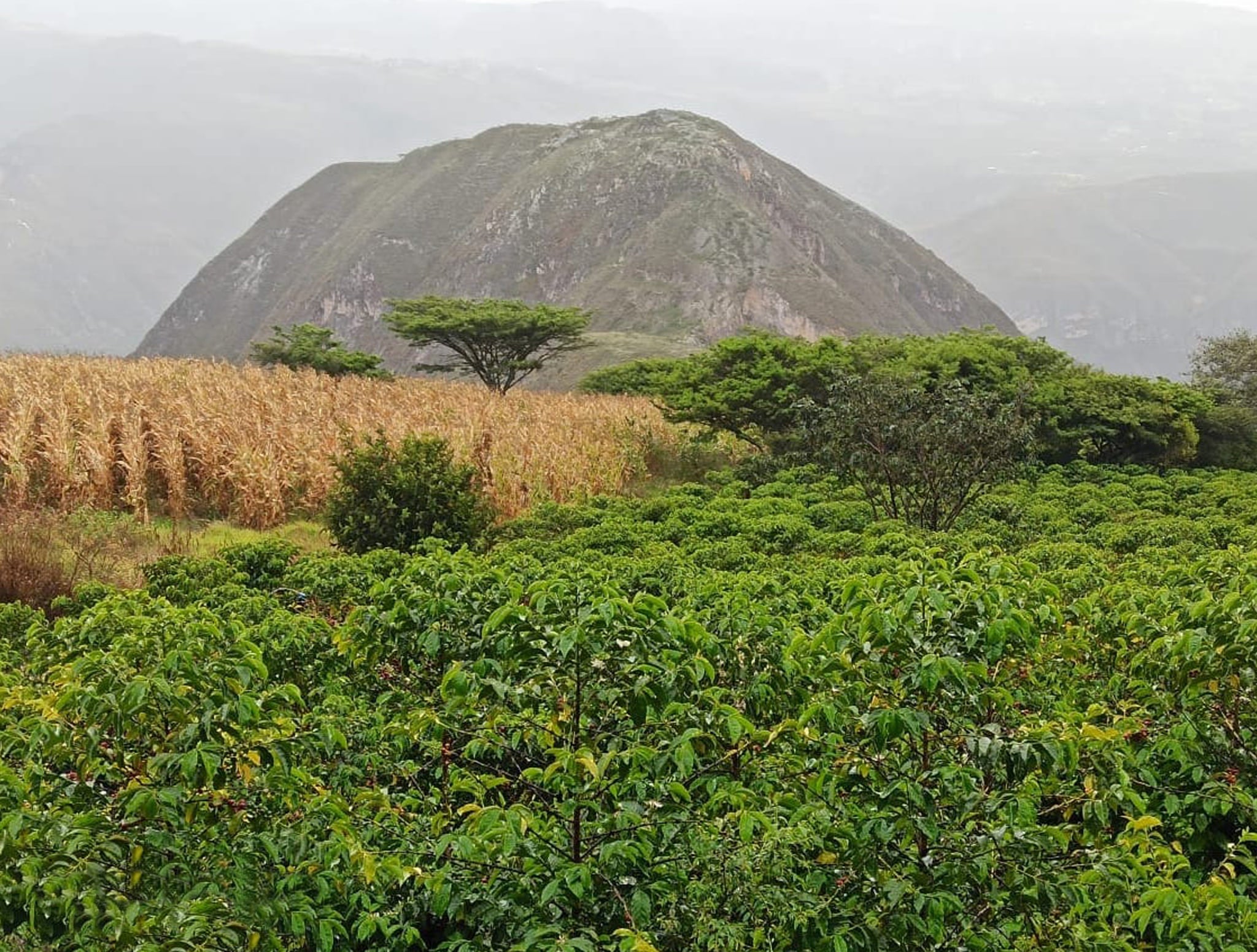If you’re a veteran to the bean juice, chances are you’ve heard of microlot coffees. Specialty roasters have been putting these premium offerings on their rosters since the early 2000s, and the innovations at origin have only gotten more advanced (and subsequently more delicious) in recent years.
In the most basic sense, we place our offerings into one of two broad categories: blends and single origins. Blends are… well, exactly what it sounds like. We blend together two or more coffees from different origins to achieve specific flavor profiles and an all-around balanced cup (see: Pick-Me-Up).
Single-origins can be traced back to one geographical region. This can be as general as Guji, Ethiopia or as specific as the exact latitude and longitude of a few acres of coffee trees.
The latter is what we call a nano-lot: a coffee that’s sourced from a single, specially-tended plot of land at a single farm. The harvest might yield just a few hundred pounds of beans which are then meticulously sorted and processed. Cup quality is exceptionally high, resulting in distinctly delicious flavors.
At surface level, one might assume nano-lots are just smaller microlots, but that’s not always the case. Producers and exporters give the micro-lot distinction to any coffee that’s traceable, limited in quantity, and high-scoring on the Q system. Microlots might be grown by a group of smallholders in a region or just one farmer.
A nano-lot magnifies all of this - it’s even more traceable, even more limited, even more high-scoring. Assuming both the producer and exporter are ethical and experienced, we expect nothing short of coffee magic from a nano-lot, and Francisco Vitmilla’s Putushio is a best-case scenario.

Head Roaster Sara Gibson carrying our only bags of Putushio!
Finca El Tasqui is Francisco’s main farm, but ever since this particular plot of land was recognized in a regional competition, it’s known separately as Finca Putushio. This ultra-traceability allows for two things to happen.

First, Francisco can pinpoint which factors led to quality coffee, be it the attributes of the soil in this area, the position of the sun, the rainfall, the surrounding flora, etc. Secondly, Francisco can sell this coffee for a much higher price than his average harvest. The care he put into Putushio will reflect in a higher profit margin, therefore allowing him to support his farm and family, pay his workers a living wage, invest back into his community in Loja, Ecuador, and be more experimental in the future (which means more delicious coffee for you and I).
We’d be remiss not to mention the inherent risk involved with this kind of project for farmers. It’s not easy to hit it out of the park with a nano-lot. Mother nature is unpredictable, and even if a producer plants their rarest varietal on the most pristine soil on their property, they may lose it all in a freak flood. The trees might be eaten alive by locusts or coffee rust. Or heck, a global pandemic might come knocking at the door.
Microlots and nano-lots are Rare, with a capital R. They may be the result of some just right weather conditions, or the fruits of one golden year in the lifespan of a few hundred coffee trees. They’re hard to come by and they take a lot of time and effort to produce - in short, it just hits different.
When we offer nano-lots and microlots, we’re not just over here flexing and getting fancy. We’re acknowledging the risk taken by farmers in the pursuit of excellence, helping them to invest in their farms and communities, and establishing long-lasting relationships to ensure high quality coffees for years to come.




